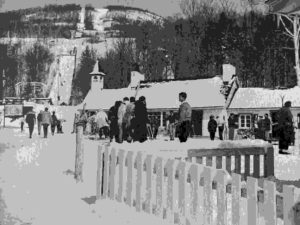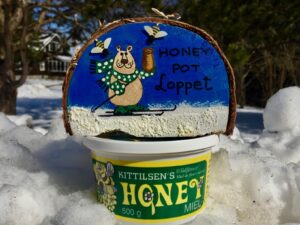From glorious mountains to man-made ski hills and trails, Canada has embraced the customs and techniques of ski and snowboard culture from coast to coast. Our nation’s ski and snowboard enthusiasts have innovated, experimented and created communities and infrastructure unlike no other. Throughout the decades, talented Canadians have explored the art of snowsports, finding and sharing unique ways to improve experiences for well over a hundred years.
Although Canadians may not always agree on which ski area accomplished a particular feat for the first time, there is no doubt that across the country, great minds have found unique ways to improve the experience for skiers and snowboarders.


